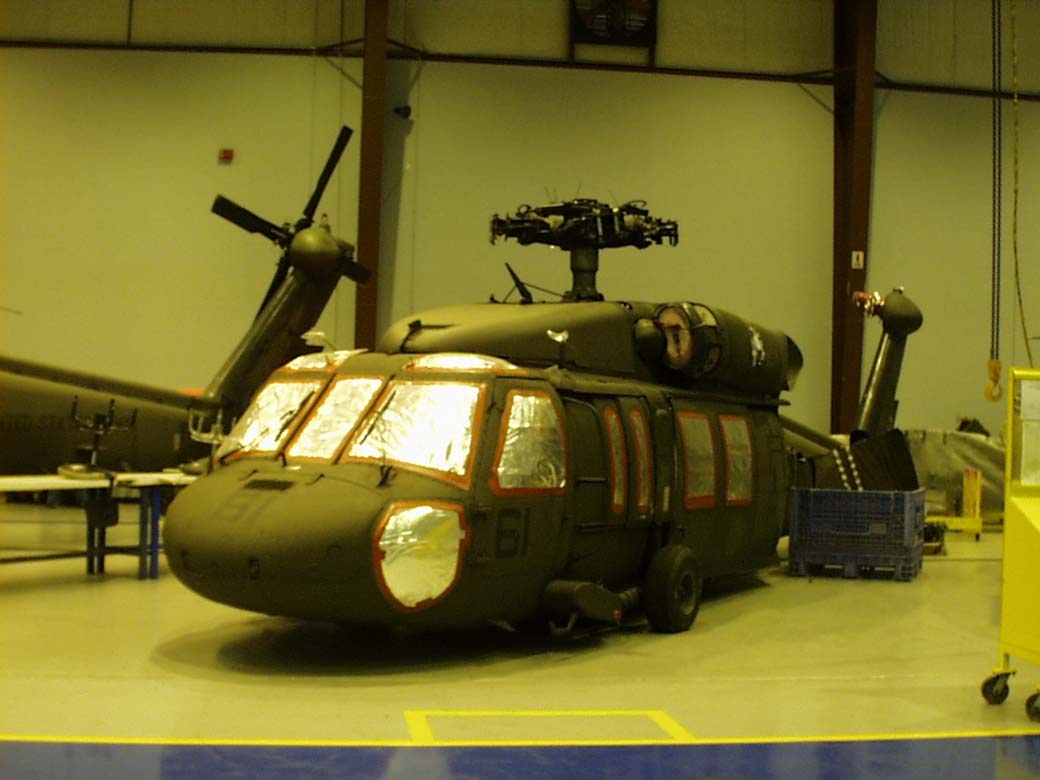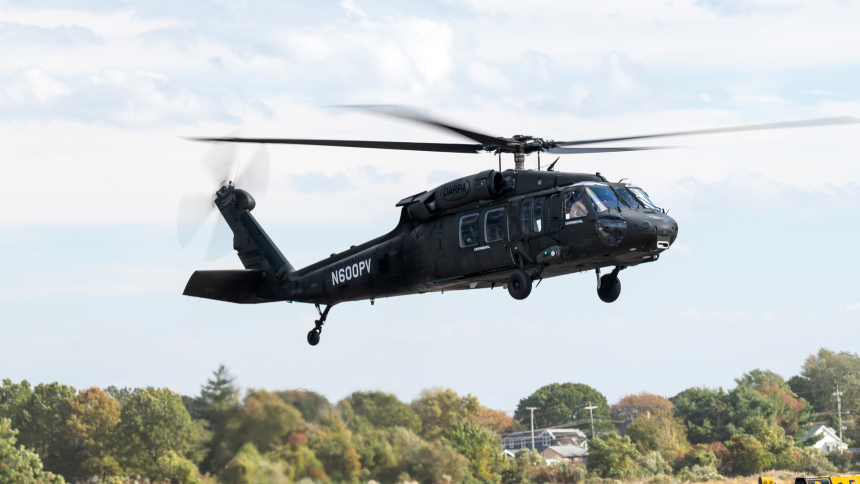Exploring the UH 60: A Look at Its Design, History, and Role in the Armed Forces
Exploring the UH 60: A Look at Its Design, History, and Role in the Armed Forces
Blog Article
The UH 60: A Versatile Aircraft for Military and Private Citizen Use
The UH-60 helicopter, with its beginnings dating back to the late 1970s, has actually progressed into an important possession for both noncombatant and army industries. Recognizing the complete range of the UH-60's effect might expose understandings into its potential trajectory and significance in a significantly complex functional atmosphere.
Historic Introduction of the UH-60

Initially, the UH-60 was deployed to support troop transport, medical discharge, and logistical operations. Its introduction noted a significant development in helicopter technology, integrating advanced avionics and survivability features. The Black Hawk's ability to operate in difficult settings, consisting of adverse weather condition problems and battle zone, solidified its track record as a reliable workhorse.
Over the years, the UH-60 has undergone various upgrades and variations, adapting to the evolving needs of armed forces procedures. Its tradition consists of engagement in essential disputes, showcasing its flexibility and efficiency in numerous situations. The Black Hawk remains a cornerstone of military aeronautics, demonstrating the withstanding value of technology in airborne transportation and support.
Military Missions and applications
Regularly deployed in varied functional contexts, the UH-60 Black Hawk helicopter serves a wide variety of armed forces applications that are vital to goal success - uh 60. This functional airplane is largely made use of for army transport, enabling quick movement of soldiers to and from battle zones. Its ability enables the transportation of approximately 11 completely furnished troops, making it an important property for ground forces
The UH-60 is additionally important to clinical evacuation goals, giving speedy assistance for injured workers under attack. Equipped with advanced clinical facilities, it can carry casualties while making certain continual clinical treatment. The helicopter's energy expands to reconnaissance and security missions, where it collects important knowledge and enhances situational understanding for leaders.
Additionally, the Black Hawk is frequently employed for logistical assistance and supply goals, supplying important equipment and arrangements to troops in remote areas. Its versatility is further showed with its capability to operate in diverse atmospheres, from urban setups to tough surfaces. Generally, the UH-60 Black Hawk continues to be a foundation of modern military procedures, embodying convenience, dependability, and effectiveness in satisfying goal goals.
Private Citizen Makes Use Of and Adaptations
Beyond military applications, the UH-60 Black Hawk helicopter has found a variety of civilian uses and adjustments that display its flexibility. Originally designed for troop transport and logistical support, this airplane has actually been effectively adapted for various private duties, including emergency medical services (EMS), firefighting, and search and rescue procedures.
In emergency situation clinical services, the UH-60 can rapidly move patients to health centers, geared up with sophisticated clinical tools and workers. Its rate and ability to move enable rapid reaction in essential circumstances, which is important in conserving lives. Additionally, the helicopter's huge cabin permits medical groups to run effectively during trips.
In firefighting, the UH-60 has been customized to lug water or fire retardant, making it an efficient tool in combating wildfires. Its capacity to float and navigate in tough surfaces supplies considerable advantages over standard ground-based firefighting techniques.

Technical Developments
Just how has the development of modern technology affected the abilities of the UH-60 Black Hawk helicopter? The UH-60 has actually undertaken considerable developments because its beginning, significantly enhancing its operational effectiveness.

Additionally, the consolidation description of composite materials in the airframe has minimized weight while maintaining architectural integrity, contributing to increased payload capability and gas performance. The helicopter's rotor system has actually additionally taken advantage of technical improvements, such as noise reduction innovations and enhanced aerodynamic design, which improve both performance and stealth abilities.
Moreover, the UH-60's versatility to numerous goal profiles is boosted by modular systems, enabling rapid reconfiguration for duties ranging from medevac to army transport. uh 60. The introduction of innovative communication systems guarantees real-time data sharing and sychronisation throughout missions, which is vital in modern-day battle circumstances. Jointly, these technical advancements have changed the UH-60 into a powerful and functional asset in both armed forces and civilian applications
Future Prospects and Developments

Furthermore, recurring study right into alternative energy sources, such as hybrid-electric propulsion, provides a chance for raised gas efficiency and reduced environmental effect. This lines up with both noncombatant and army objectives for sustainability. The UH-60's flexibility to numerous duties, from clinical discharge to look and rescue, guarantees its ongoing importance in varied functional contexts.
In addition, collaborations with protection service providers are cultivating technologies in weapons and sensing unit innovation, allowing the Black Hawk to successfully counter modern risks. As the military landscape evolves, the UH-60's layout will likely welcome modularity, permitting fast reconfiguration based on mission needs. On the whole, the future of the UH-60 is brilliant, defined by enhanced performance, convenience, and an undeviating commitment to meet the challenges of modern warfare and humanitarian initiatives.
Final Thought
The UH-60 helicopter exhibits adaptability via its double duty in civilian and armed forces operations. As continuous innovations continue to boost its capabilities, the UH-60 stays a critical property across different functional environments.
The UH-60 Black Hawk helicopter, a pivotal asset in contemporary armed forces aeronautics, was initially presented in the late 1970s as part of the U.S. visit the website Army's mission for a flexible and trusted utility helicopter.Often released in varied functional contexts, the UH-60 Black Hawk helicopter offers a wide variety of army applications that are critical to mission success. In general, the UH-60 Black Hawk stays a foundation of contemporary armed forces operations, symbolizing flexibility, dependability, and efficiency in satisfying mission objectives.
As the military landscape evolves, the UH-60's design will likely embrace modularity, permitting for quick reconfiguration based on goal demands.The UH-60 helicopter exhibits adaptability with its dual role in army and noncombatant operations.
Report this page